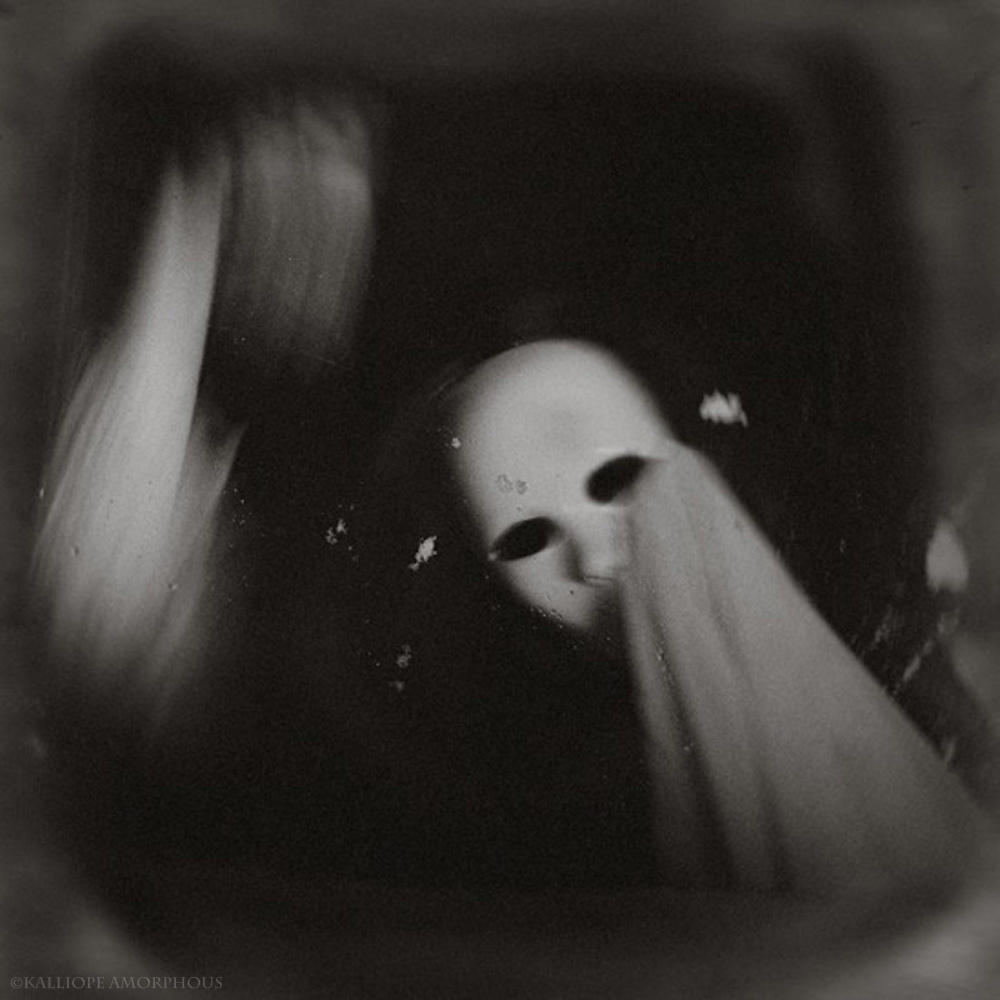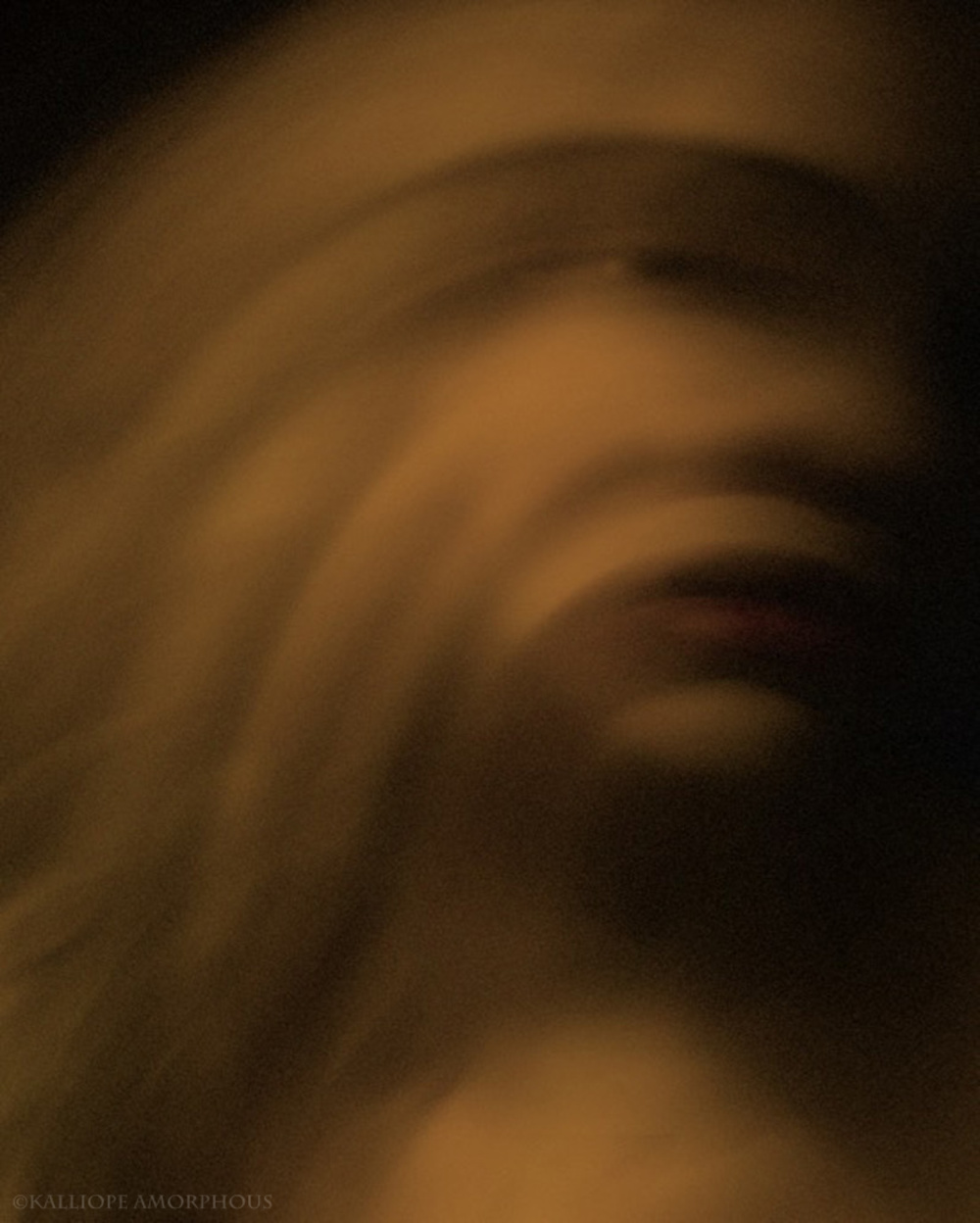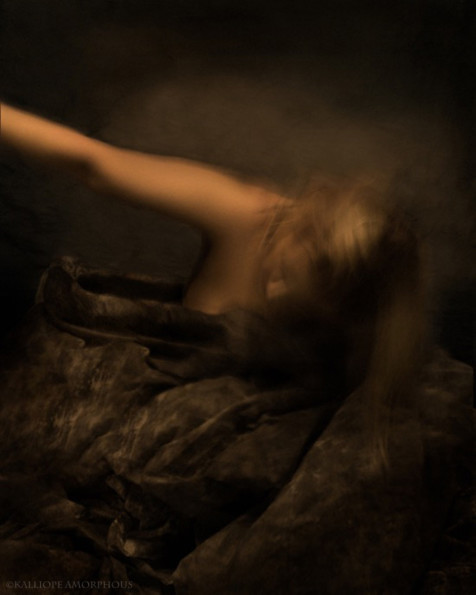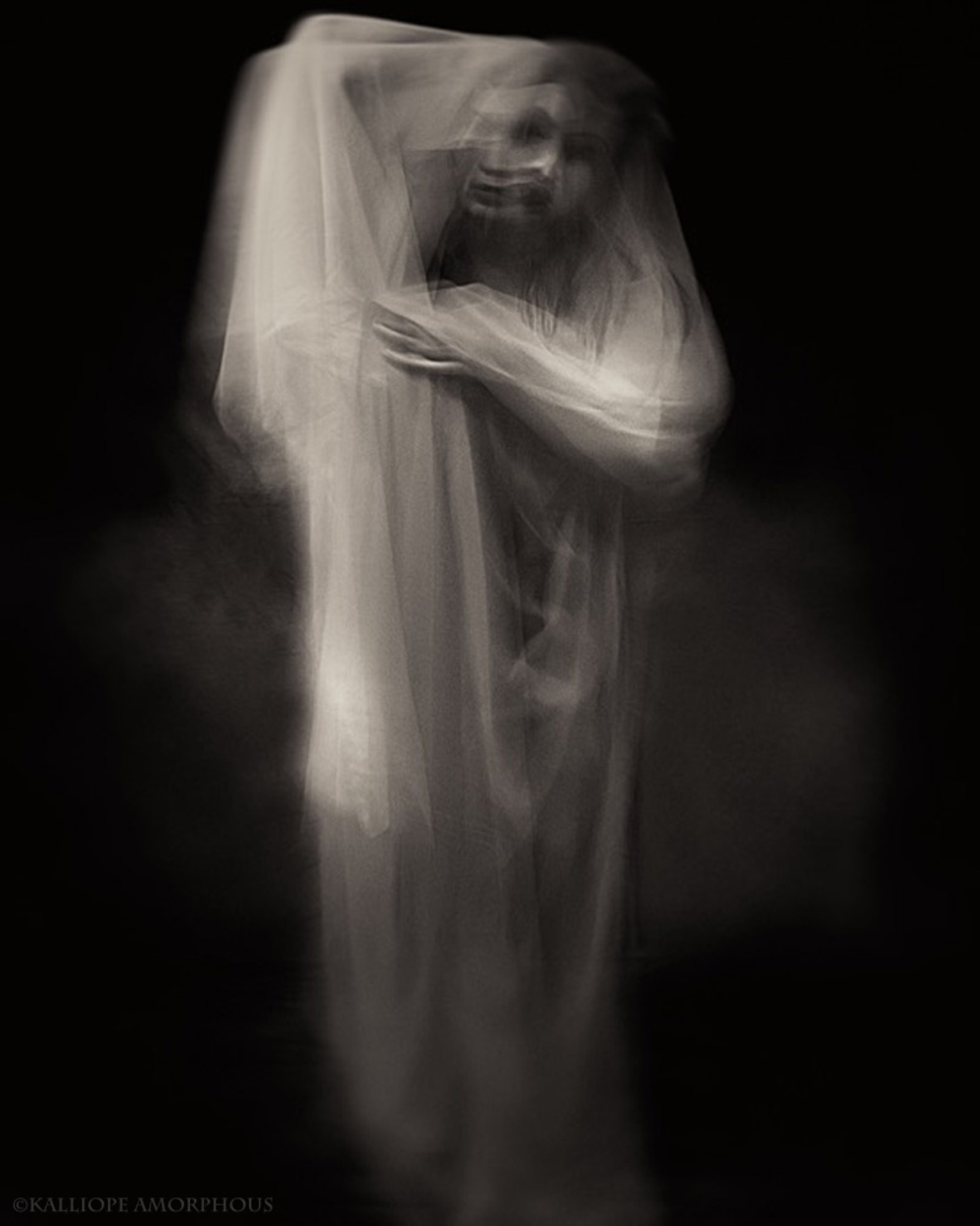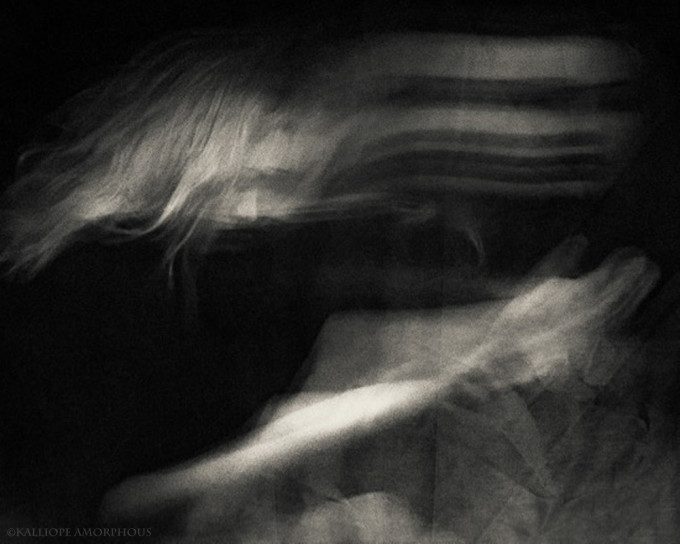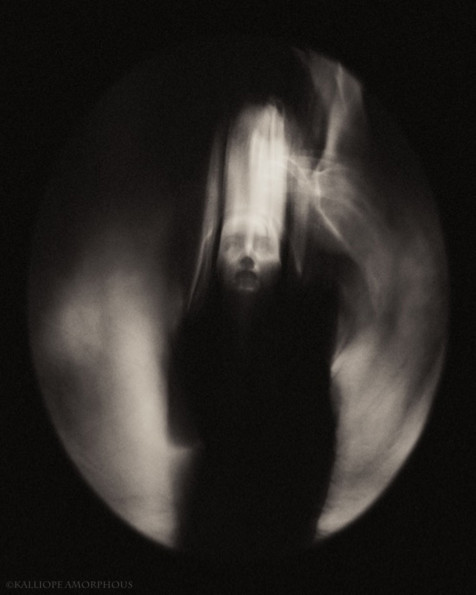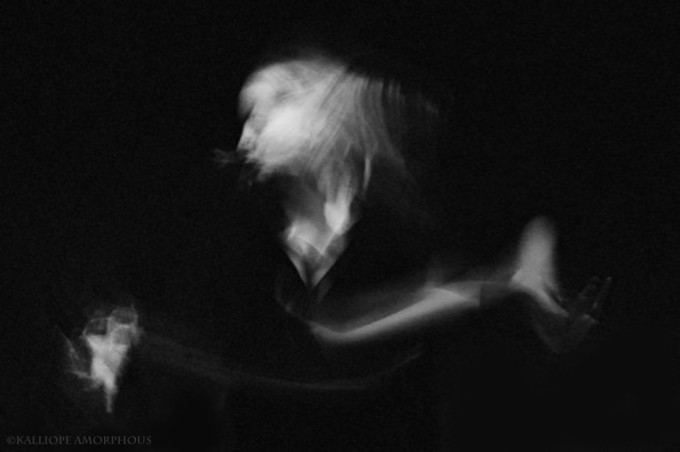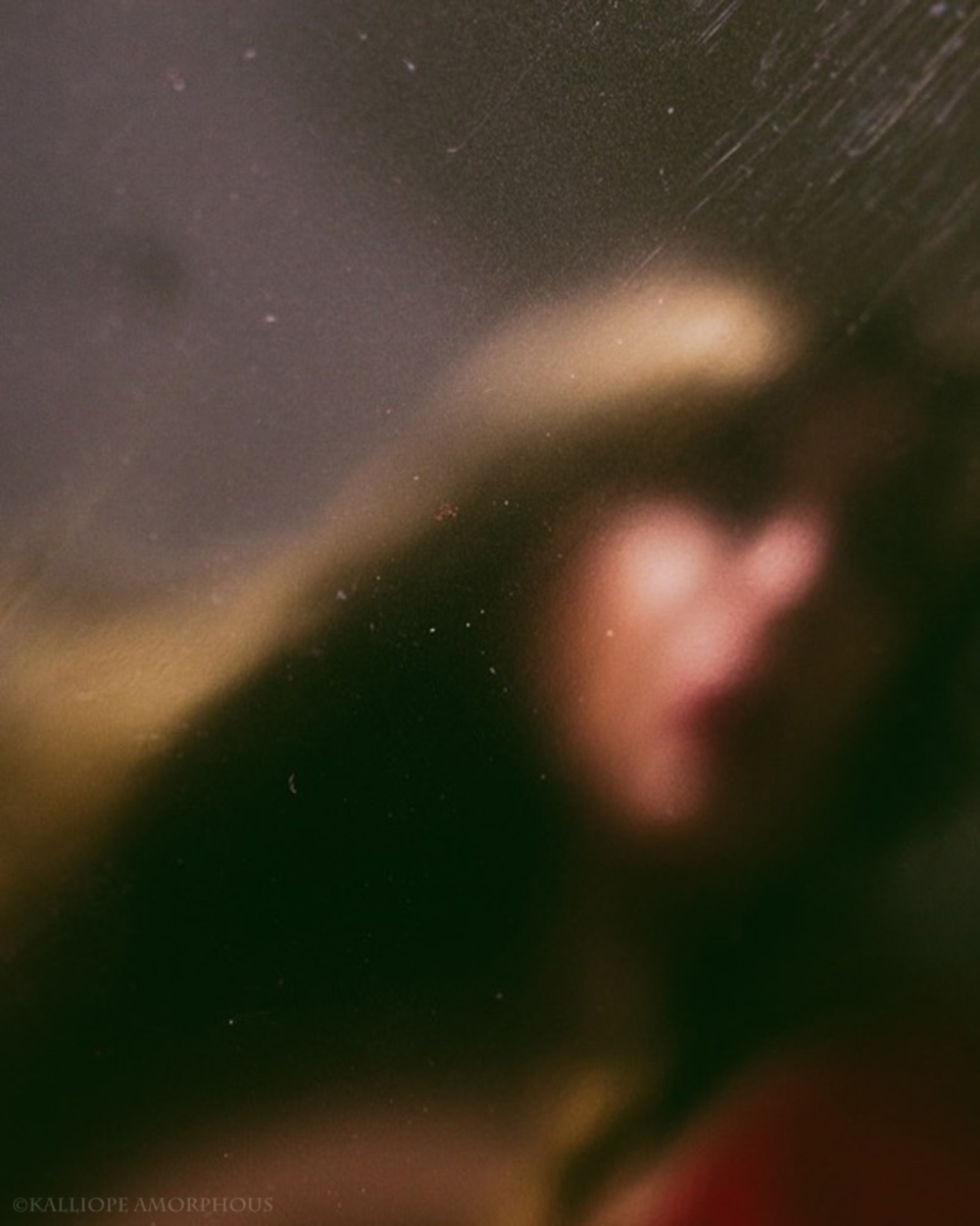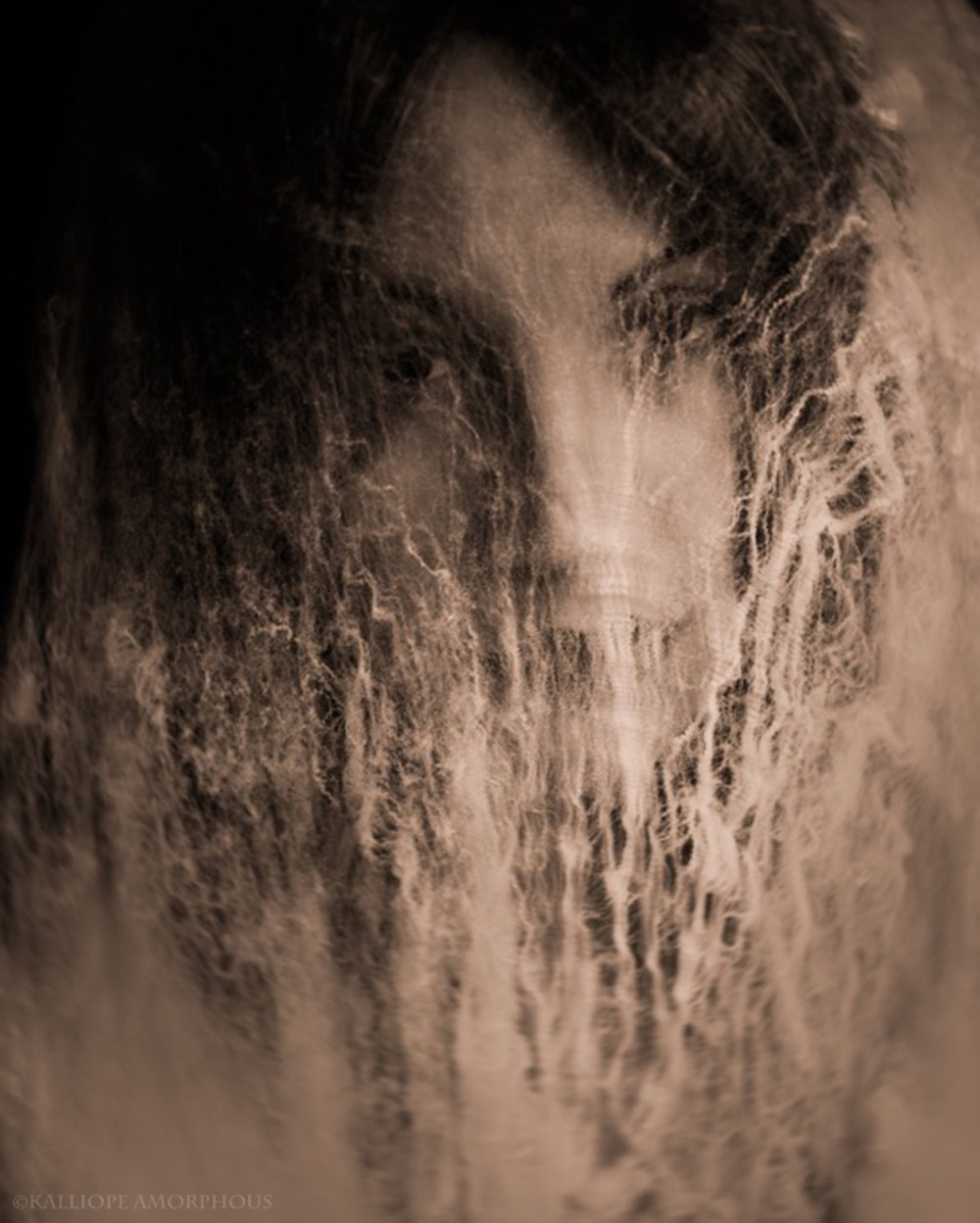Last Updated on 02/16/2016 by Chris Gampat
All images by Kalliope Amorphous. Used with permission.
“I have said that photography is a conversation between time and light as translated by a mirror. I love being part of that conversation.” says photographer Kalliope Amorphous in a very beautiful statement about the art form.
She’s a very unconventional photographer and uses alternative ways to getting her images. For example, she uses a lot of mirrors, lighting and in-camera distortion techniques to get a look that she creates in-camera instead of in Photoshop. Lots of her images are self-portraits, and she prides herself on doing this type of stuff way before the Instagram days. Lots of her work not only use reflections, but flur, multiple exposures, and other techniques. She explores identity, mortality, time, and consciousness through her work–and it’s earned her a number of awards.
Phoblographer: Talk to us about how you got into photography.
Kalliope: I have always been involved in the arts and I come from a family of artists on both sides. It wasn’t until around 2009 that I began to work primarily with photography. I had always been drawn to create images and photography just made the most sense for me to settle on as a medium.
Borges once said that image is sorcery. Photography has a certain magical element to it that I haven’t found in any other medium, and I think part of it is the element of the unexpected, of synchronicity, and of chance. I have said that photography is a conversation between time and light as translated by a mirror. I love being part of that conversation.
I didn’t get into photography as a result of learning photography or wanting to be a photographer. I was just trying to create the images that I saw in my mind and the camera became the tool to get there. I knew nothing about photography and I learned to use the camera based on my particular needs as an artist. I have always approached the camera and photography more poetically than technically.
Phoblographer: What made you want to get into creative self portraiture?
Kalliope: Well, I just happened to be the only one around when I wanted a human figure in my images and I like to work alone. I think having a human figure in a work of art adds an emotional impact to the image that doesn’t exist otherwise. It’s funny because I recently started taking street photographs here in NYC and it wasn’t until I started including people in the photos that I felt they had the visual poetry in them that I wanted.
I was doing self-portraits before the whole selfie trend emerged. I started this work before Instagram and before everyone started taking informal self-portraits. So, it was very strange when all of a sudden the informal self portrait became a thing. Prior to Instagram, you didn’t hear a lot about the self portrait and I don’t think the word “selfie” existed.
I started taking self-portraits because it was convenient and really synced up with some of my stereotypical artist traits in that I really need to create alone, I tend to isolate, etc. I didn’t plan on taking self-portraits permanently or becoming known for this particular genre, but it happened. What I do in the self-portrait work is part performance and part catharsis. I always compare my process to Butoh, which is a form of expressive dance, because it is very similar to how I work and the place where I work from. It can be very emotional and exhausting.
Phoblographer: So tell us about this series? It’s all very simple when it comes to colors and instead uses contrast and very non-conventional styles to give creative expression. Where did the inspiration for this series come from?
Kalliope: This is not technically a series yet, but they are the newest self-portraits that I have taken in late 2015 and 2016. I started these portraits with a loose theme of resurrection and emergence. To be honest, I had not taken self-portraits in a long time and people were asking me when a new series was going to come out or if I had moved away from self-portraiture (I also work in other forms of experimental photography). So, it was time to get in front of and behind the camera again.
There was not a particular source of inspiration other than I knew I had to do some new self-portrait work because I was avoiding making self-portraits for close to a year. Like I said, the process is very emotional and if I don’t keep myself in check I can avoid the work for long periods of time. I think you can see this in the photographs –there are themes that are about cocooning, hiding, and emerging. It wasn’t planned, but emotions and moods always come through in the photographs in this way.
Phoblographer: Let’s delve deeper into this. Where did the ideas come from? Were the drawn out and storyboarded? Were they made as you went along?
Kalliope: The strange thing is that for these particular images I just went into the room like I was in a trance and performed what I was feeling. There was no planning. It was just chaos. The process was me asking a question and getting an answer in the form of a photograph. There is not a lot of staging. The process is very performative and expressive.
When I reviewed the images I saw images of a woman in a cocoon, frozen, emerging out of darkness, regaining strength. I did not plan it this way, but the images are a reflection of my internal landscape over the past year. This is what I mean when I say that photography has a magical and cathartic element to it. I can only plan images to a certain extent and the rest is something that is out of my control and it’s always surprising and revealing.
Phoblographer: A lot of the influence seems very Victorian American Gothic. Would you say that era of work influences you at all?
Kalliope: I am not really influenced by a particular era, but what I aim for in my images is a feeling of timelessness. I also gravitate toward very soft and desaturated images. I think that my natural gravitation toward a timeless and ethereal image gives many of my images an older feeling or mood. I also create all of my effects in camera and don’t use Photoshop too heavily, so that affects the mood as well. Pictorialism is one of my favorite aesthetics in photography so if anything I have probably been influenced by Pictorialism and would consider a lot of my images to be new Pictorialism combined with surrealism.
I am actually influenced more by music and dance than photography. Recently I saw an amazing Flamenco performance by Soledad Barrio here in New York and I was so emotionally blown away by the performance that I started thinking about new work while I was still reeling from that energy. I’m more influenced by moods, energy, and feelings than anything else. I am usually inspired by things that have very little to do with photography.
It’s about being moved and when I am moved then I can create. I am always seeking out duende because it sustains me and helps me to create. Most of the time the music I am listening to during a shoot influences the shoot. I think my images look a bit different because I am inspired by mostly non-image forms like music.
Phoblographer: All photographers try to express themselves creatively with their work. What are you trying to express with this series?
Kalliope: All of my photographs explore similar themes: the fleeting nature of time, the fragility of life, isolation, identity, death, and the the coexistence of light and dark together. These new photographs seem to express a sense of longing and of finding a way out of isolation. Like I said, it is not a theme that was planned but is something that was slowly revealed in the process.
I learn a lot about myself through the process of creating self-portraits, but I also try to capture something very human and very universal in these images. A lot of this deals with sadness, longing, hope, grappling with issues like loss and death. So, while these photographs mean something to me in regard to my own personal journey, these are all parts of being human and I think that other people may sometimes see themselves in them too. No one is an island and I think that these images are personal and universal at the same time -whether I intend for them to be or not.
Phoblographer: Talk to us a bit about how this was done. A lot of it looks like film.
Kalliope: I shoot all digital. The effects are created in-camera using a bunch of different methods. Sometimes, I use veils and fabrics to create a certain texture. Sometimes I reflect and shoot off of mirrors. My process is very unconventional and intuitive. I don’t really follow a specific recipe other than my own intuition which often involves a lot of split second decisions and creative ideas and processes.
Phoblographer: What the goal for this series? A Gallery? A book?
Kalliope: These are just my new self-portraits for the new year and they may eventually make their way into a themed series. I have just released prints from this series as very small signed limited editions of five per image. Some of the prints are on metal which gives a very luminescent and dimensional quality to the photographs.


